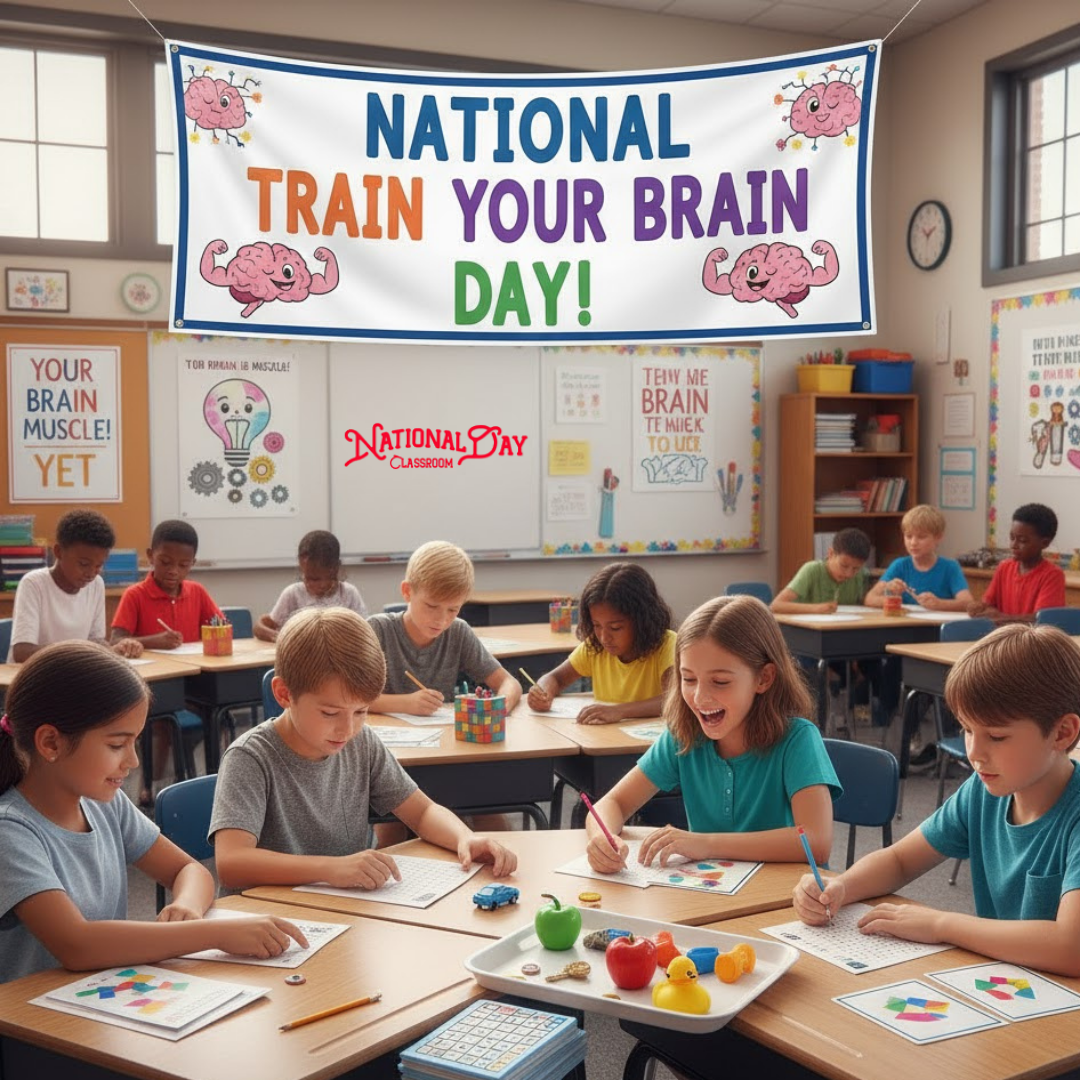
Lesson Theme: “Your Brain is a Muscle: The Power of ‘Yet'”
Core Concept: The brain is not a fixed entity, but can physically change and grow stronger with practice, challenge, and learning new things (neuroplasticity). Mistakes are just proof that learning is happening!
1. Introduction: The Amazing Brain (5-10 minutes)
- Anatomy: Briefly discuss the major parts of the brain (cerebrum for thinking, cerebellum for coordination, etc.). You could use a simple, unlabeled diagram and colored pencils for quick labeling.
- The Power of Growth: Introduce the concept of Neuroplasticity—the brain’s ability to create new connections (synapses) and pathways when you learn or face a challenge. Metaphor: The brain is like a dense, overgrown forest, and learning is like creating new, stronger trails through it.
2. The Power of “Yet” (10-15 minutes)
- Fixed vs. Growth Mindset: Explain the difference using simple terms:
- Fixed Mindset: “I can’t do this.” (The belief that intelligence is a fixed, unchanging trait.)
- Growth Mindset: “I can’t do this yet.” (The belief that abilities can be developed through dedication and hard work.)
- Activity: Reframing Negative Thoughts: Have students write down common “I can’t” statements related to school or a new skill (e.g., “I’m bad at math,” “I can’t draw”). Then, have them rewrite the sentences, adding the word “YET.”
3. Brain Workout Stations (20-30 minutes)
Divide the class into groups and have them rotate through stations that engage different cognitive skills and force them out of their routine (the core purpose of the day):
- Logic & Problem Solving:
- Station: Simple logic puzzles, riddles, or brain teasers.
- Examples: Sudoku, logic grid puzzles, or a quick game of chess/checkers.
- Memory & Attention:
- Station: A memory game like “Concentration” or “Going to the Market” (where each person adds an item to a growing list).
- Example: Show a tray of 10 random items for 60 seconds, then cover it and have students list what they remember.
- Coordination & Novelty:
- Station: Challenge the brain by doing an everyday task with the non-dominant hand.
- Examples: Writing their name, drawing a simple shape, or stacking a few blocks.
- Visualization & Language:
- Station: A quick “Word Play Warm-up.” Set a two-minute timer and challenge them to write down as many words as they can that start with a specific, less common letter (like “J,” “Q,” or “Z”).
4. Conclusion and Takeaway (5-10 minutes)
- Discussion: Ask students how the different activities felt—were some harder than they expected? How did they feel when they used the “wrong” hand? Relate this back to the feeling of building new brain connections.
- Homework/Challenge: Encourage them to pick one new “brain-training” activity to try for the rest of the week (like learning a few words in a new language, taking a different route home, or trying a new type of puzzle).